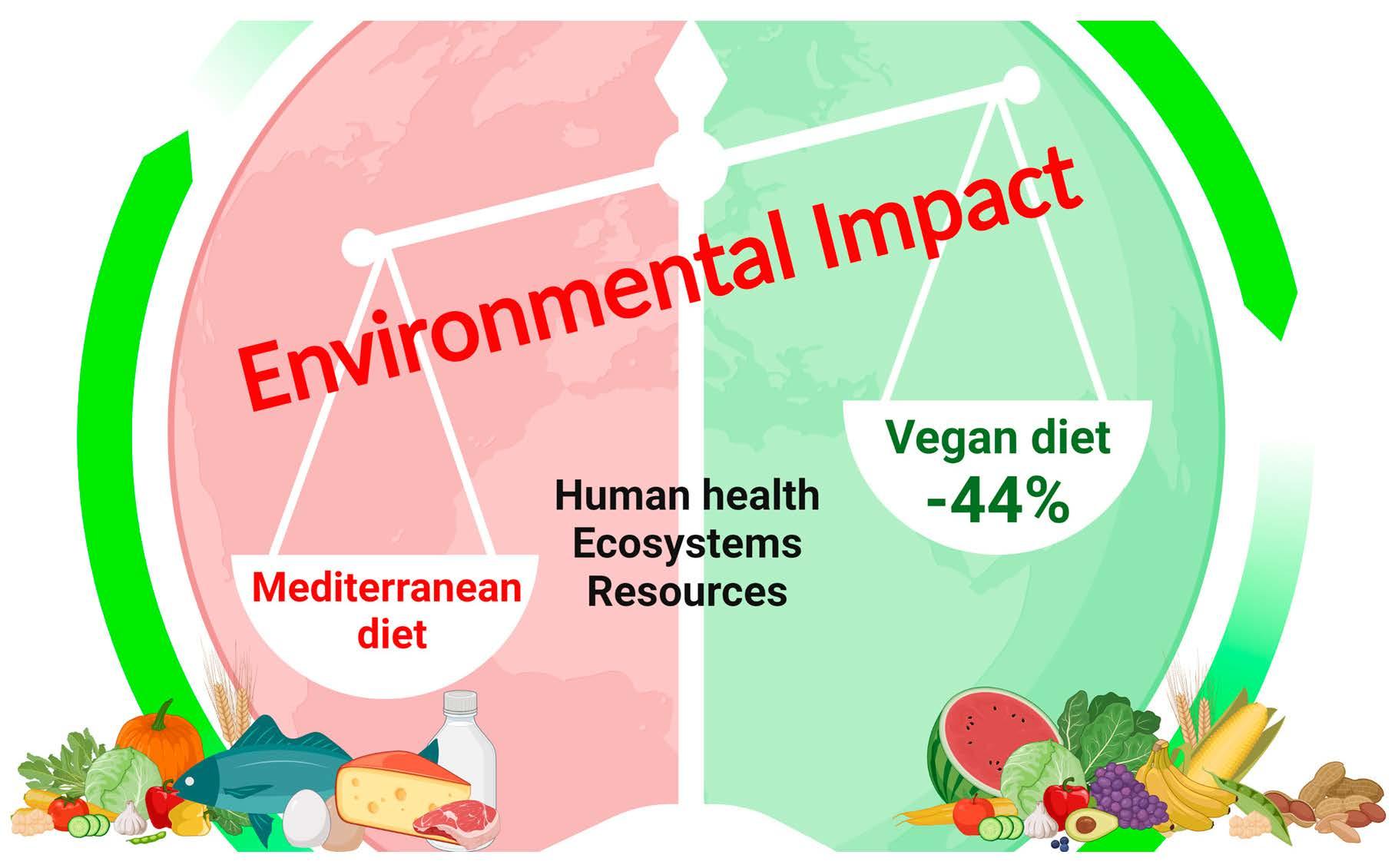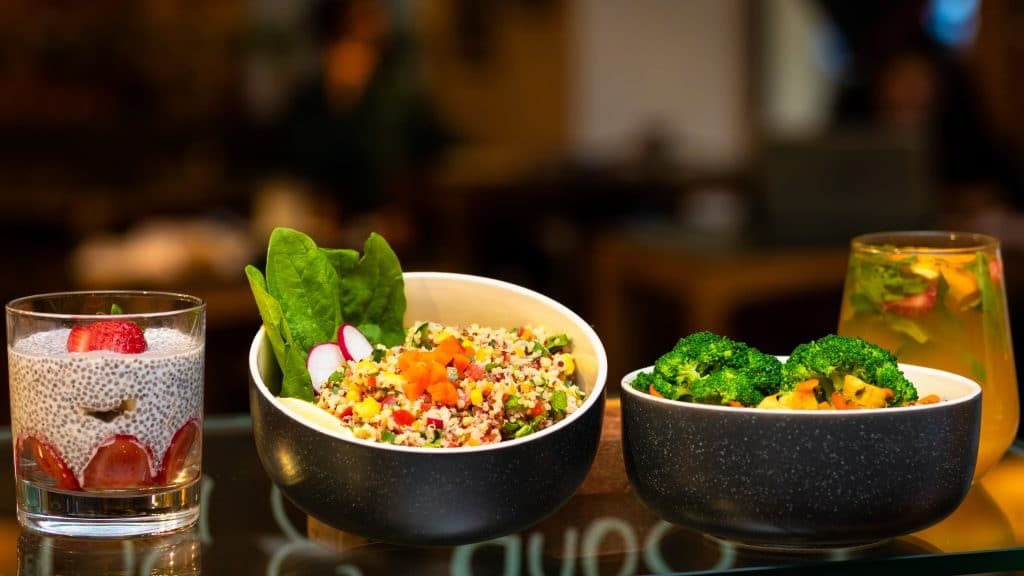
Vegan dips can be used as a light snack, light dinner, or treat for guests at your next party. They are high in protein, free from dairy, gluten, soy, eggs, and animal flesh. They're also easy to make and pack easily, making them a great option for potlucks and parties. There are many vegan dips available. For a quick snack, you can also buy store-bought versions.
Vegan guacamole can be enjoyed with tortilla chips and avocados. It's creamy and studded in tomatoes and cilantro. You can also serve it on pita bread and wraps. Tahini can also be substituted for the cashew-butter to get an oil-free recipe. You can even add a little cultured coconut yogurt to the recipe.
A perfect fall recipe is sweet potato hummus. This dip requires only a few ingredients. It makes a great fall party appetizer and can be made with canned pumpkin. It's a great way to use up all that pumpkin you have from Halloween, and you can also add a touch of spicy heat to the recipe.

Try vegan pesto, a healthy substitute for salsa. It's tasty and healthy, and can even be made in less than 15 minutes. This recipe is also suitable for Super Bowl parties because it doesn't contain nuts.
Vegan guacamole - a quick dip that can be made on tortilla chips and wrapped up in wraps or sandwiches - is easy to make. You can also serve it with crackers. If you prefer a dairy-free version of this recipe, you can substitute tahini (or cashew butter) with cultured coconut yogurt or cashew butter. You can add herbs and other spices to the dip such as basil.
Vegan baba ganoush is creamy and delicious. It's also very simple to make. This dip is vegan-friendly and contains caramelized shallots and vegan sour cream. You can serve it on wraps, pita bread, or in sandwiches. It can be used to dip vegetables.
Vegan 7-Layer Dip is another excellent option. It's rich in protein and fiber as well as flavor. You can also add vegan store-bought toppings for a delicious, easy, and healthy recipe. You can also serve it with vegetables, chips, or crackers. The vegan version looks amazing in a bowl and is perfect for parties. You can either serve it immediately or let it cool in the refrigerator before serving. For a more tangy taste, you can add fresh lime juice.

Vegan pesto sauce can also be used as a dip. It is creamy, flavorful and oil-free. You can add pine nuts to the dip for savory flavor, or pistachios for a nutty taste. You can make this in just a few minutes if you have a food processor.
Another option for a vegan dip is the spicy eggplant and tomato dip. This is a great dip for dinner parties and parties. It can be used as a meat substitute by adding shredded jackfruit. It's healthy and provides the perfect balance between heat and sweetness.
FAQ
Take herbs and other supplements to improve your immunity
It is possible to boost immune function by using herbs and natural remedies. Ginger, garlic, ginger, oregano oils, echinacea and ginkgo biloba are some of the most common.
These herbs should not be considered as a substitute for conventional medical treatment. They could cause side effects like nausea, dizziness or stomach cramps, dizziness as well as allergic reactions.
How can you live your best life every day?
The first step towards living your best life everyday is to find out what makes you happy. You can then work backwards once you have identified your happiness. You can also inquire about the lives of others.
You can also read books by Wayne Dyer, such as "How to Live Your Best Life". He talks about finding happiness and fulfillment in all aspects of our lives.
What is the difference of fat and sugar?
Fat is an energy source that comes from food. Sugar is a sweet substance found naturally in fruits and vegetables. Both sugars, and fats, have the same calories. Fats however, have more calories than sugars.
Fats are stored within the body and can contribute to obesity. They can lead to cholesterol buildup in the arteries, which could cause heart attacks or strokes.
Sugars are quickly absorbed and provide instant energy. This causes blood glucose to rise. High blood glucose levels can pose a danger because they increase the chance of developing type II Diabetes.
How do I determine what's good?
Listen to your body. Your body is the best judge of how much exercise, food and rest you should get. It's important to pay attention to your body so you don't overdo things. Be aware of your body and do what you can to keep it healthy.
Why do we need to have a healthy lifestyle?
Healthy lifestyles lead to happier and longer lives. Healthy eating habits, regular exercise, healthy sleep habits, stress management, and good sleep habits can help to prevent heart disease, stroke, diabetes, cancer, and other serious diseases.
A healthy lifestyle will also improve our mental health by helping us cope better with everyday stresses. Healthy living will boost self-confidence and make you look and feel younger.
Exercise: Is it good or bad for immunity?
Exercise is good exercise for your immune system. When you exercise, your body produces white blood cells which fight off infections. You also get rid toxins. Exercise can help you avoid heart disease and other illnesses like cancer. Exercise also helps to reduce stress levels.
Exercising too often can cause your immune system to be weaker. Your muscles can become sore if you exercise too much. This causes inflammation and swelling. Your body then has to produce more antibodies to fight off infection. Problem is, extra antibodies can trigger allergies and other autoimmune conditions.
So, don't overdo it!
Statistics
- According to the Physical Activity Guidelines for Americans, we should strive for at least 150 minutes of moderate intensity activity each week (54Trusted Source Smoking, harmful use of drugs, and alcohol abuse can all seriously negatively affect your health. (healthline.com)
- WHO recommends consuming less than 5% of total energy intake for additional health benefits. (who.int)
- This article received 11 testimonials and 86% of readers who voted found it helpful, earning it our reader-approved status. (wikihow.com)
- In both adults and children, the intake of free sugars should be reduced to less than 10% of total energy intake. (who.int)
External Links
How To
What does the meaning of "vitamin?"
Vitamins are organic compounds naturally found in food. Vitamins aid us in absorbing nutrients from the food we eat. Vitamins cannot be produced by the body. They must be obtained from food.
There are two types of vitamins: water soluble and fat soluble. Water-soluble vitamins dissolve easily when they are dissolved in water. You can find vitamin C,B1 or thiamine, B2 or riboflavin and B3 or niacin. B6 is pyridoxine. Folic acid, biotin and pantothenic are some examples. The liver and fatty tissue are the main storage places for fat-soluble vitamins. You can find vitamin D, E K, A and beta carotene as examples.
Vitamins are classified based on their biological activity. There are eight major types of vitamins.
-
A - vital for normal growth and maintaining good health.
-
C - vital for nerve function and energy generation
-
D - Essential for healthy teeth and bones.
-
E is needed for good reproduction and vision.
-
K - required for healthy muscles and nerves.
-
P – vital for building strong bones.
-
Q – aids digestion and absorption.
-
R – Required for making red blood vessels.
The recommended daily allowance (RDA) of vitamins varies depending on age, gender, and physical condition. The U.S. Food and Drug Administration, (FDA), sets the RDA value.
For adults over 19 years, the RDA is 400 mg per day for vitamin A. For fetal development, pregnant women require 600 micrograms per daily. Children ages 1-8 require 900 micrograms per day. Infants below one year of age need 700 micrograms daily. But, between 9 months to 12 months of age, the amount drops to 500micrograms per days.
Children aged between 1-18 years old who are obese require 800 micrograms per Day, while overweight children need 1000 micrograms every day. Children underweight or obese will require 1200 micrograms a day to meet their nutritional requirements.
Children 4-8 years old with anemia will need 2200 mg of vitamin D daily.
Adults over 50 years of age need 2000 micrograms per day for general health. Breastfeeding or pregnant women require 3000 micrograms per daily due to higher nutrient demands.
Adults over 70 need 1500 micrograms daily, since they lose around 10% of their muscle mass every decade.
Women who are pregnant or lactating need more than the RDA. Pregnant women require 4000 micrograms daily during pregnancy, and 2500 micrograms every day after birth. Breastfeeding mothers require 5000 micrograms daily when breast milk production is occurring.